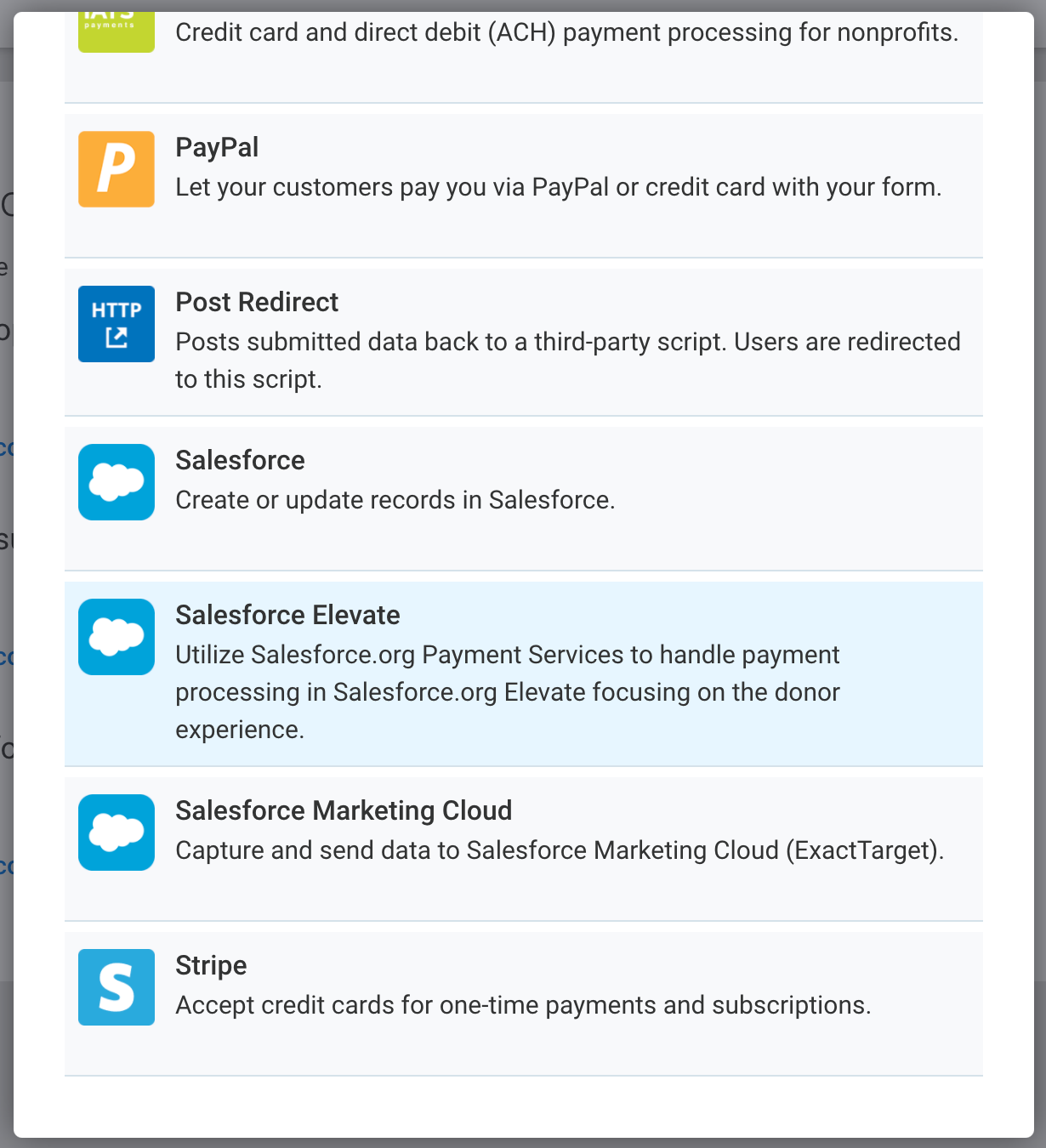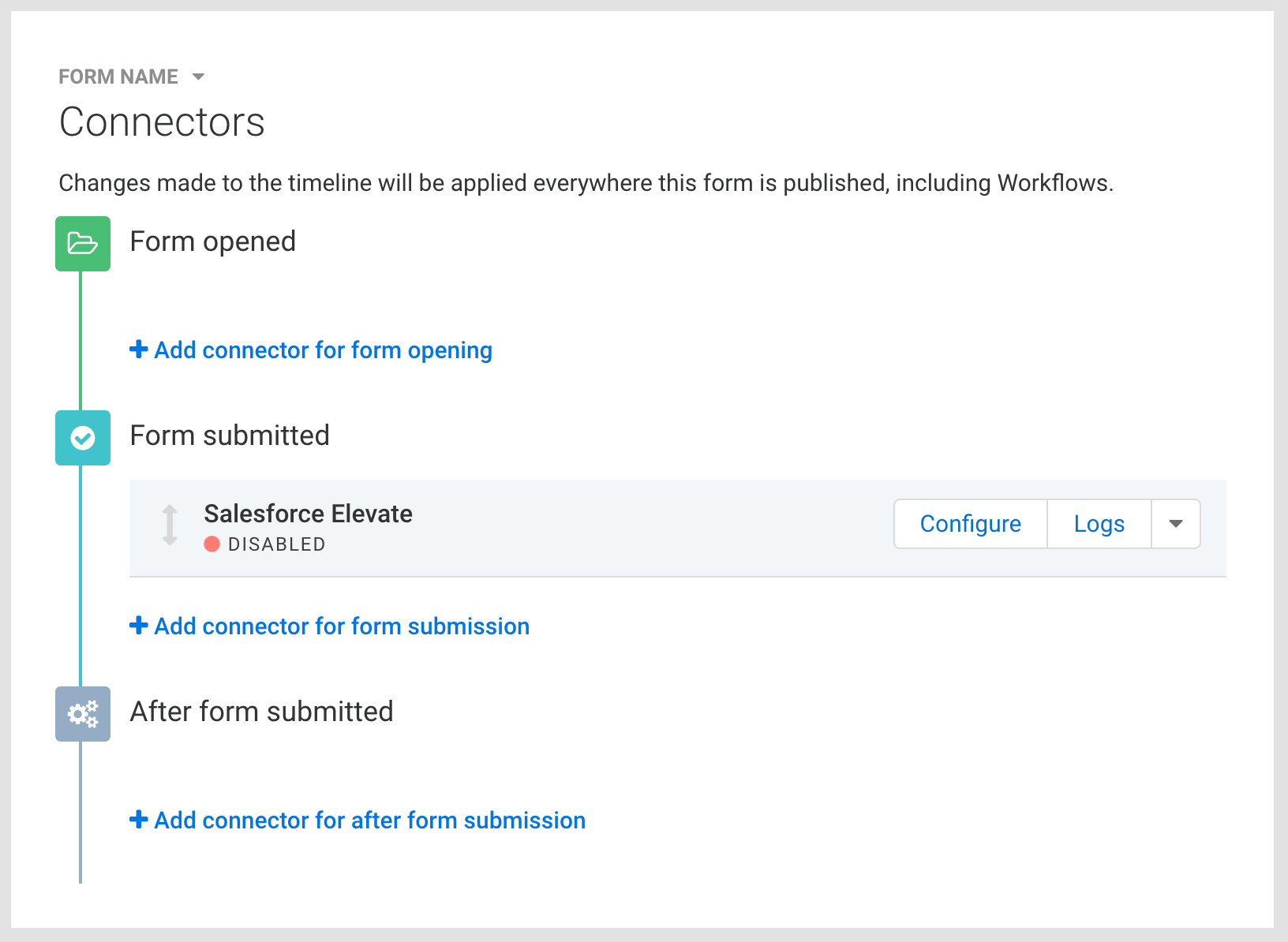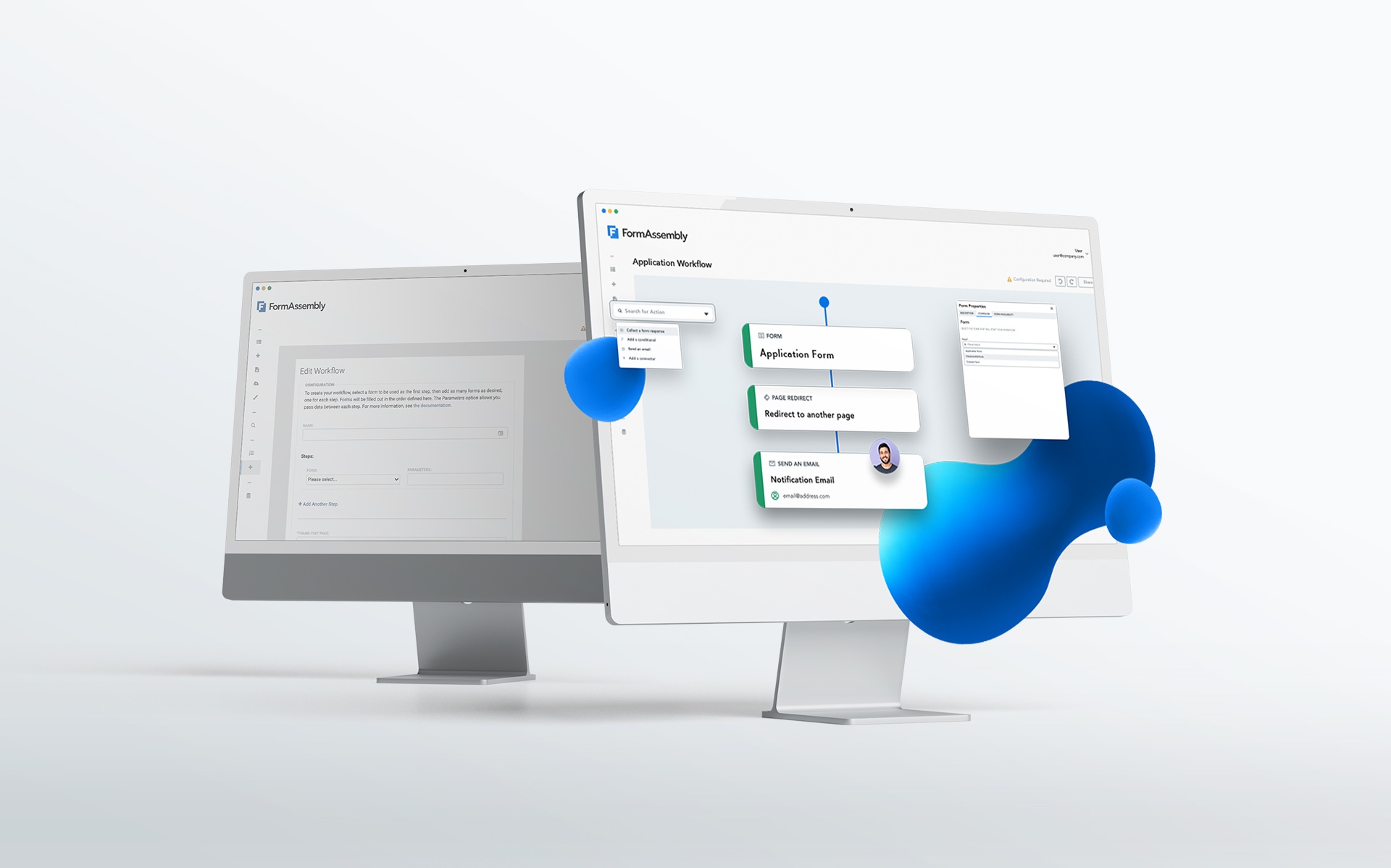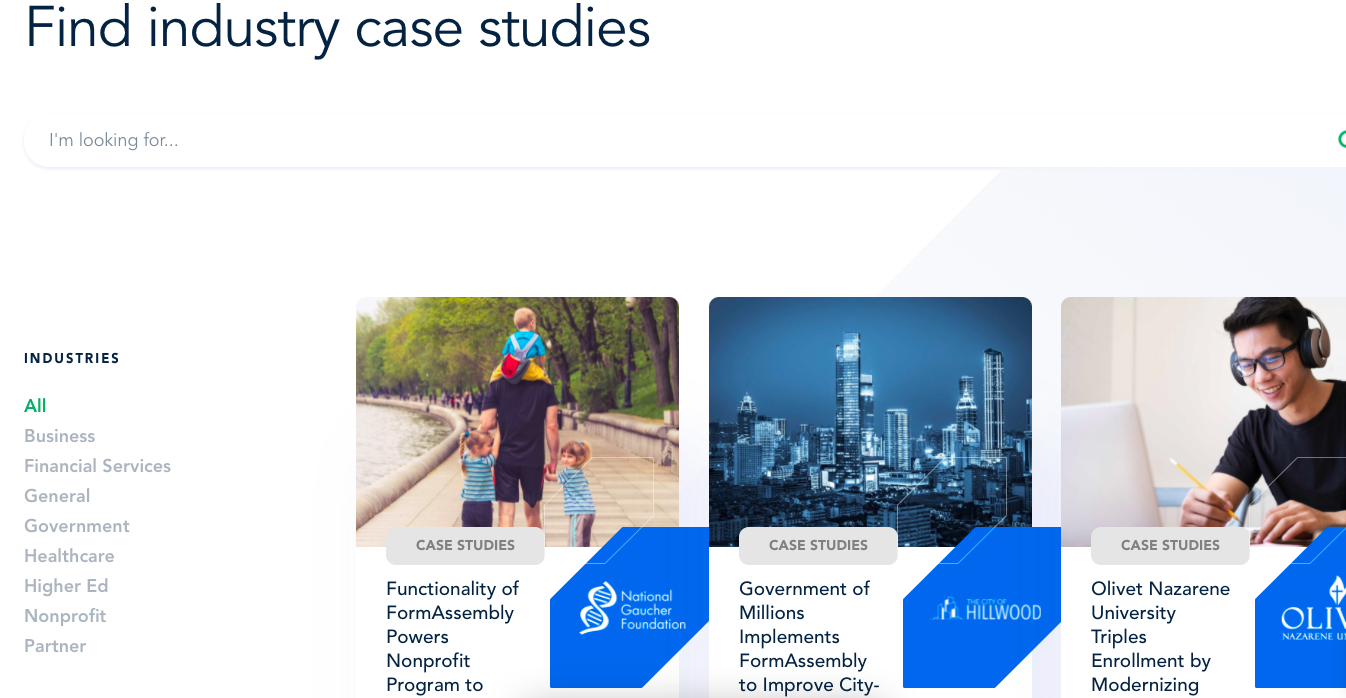February is Black History Month in the United States and a great opportunity to celebrate the significant achievements and contributions Black individuals have made in the tech industry and beyond. In today’s climate and always, it is important to honor the past heroes of this community and to recognize those paving the way for a better, more diverse and inclusive future.
At FormAssembly, we’re celebrating Black History Month in a video series honoring the contributions of Black innovators, both past and present, including trailblazers in the Salesforce ecosystem and leaders across the tech industry. In this blog post, we’re highlighting historical figures and current influential leaders who have and are making big impacts in the tech industry to honor their industry-changing achievements.
Historical black innovators in tech
Many Black innovators have been cornerstones in the tech industry and have made significant advancements that impact us still today. Here are several of the most influential pioneers of the past century:
Katherine Johnson (1918 – 2020)
The contributions of Katherine Johnson have most recently been recognized in the book (and film adaptation) Hidden Figures. A college student at age 15, Johnson went on to teach at Langley Research Center, which is now part of NASA. She is most remembered as being a “human computer” for the first NASA space mission. Her calculations on the flight path of the space shuttle and involvement in early missions earned her a place as one of the most influential Black women in tech. Former President Obama awarded her the Presidential Medal of Freedom in 2015.
Melba Roy Mouton (1929 – 1990)
Melba Mouton rose to prominence as an influential Black female leader for her similar contributions as a “human computer” for NASA. Throughout her career, she became Head of Computer Programming at NASA as well as a program chief at Goddard Space Flight Center. Her contributions to space missions involved the production of the orbital element timetables, which enabled people on Earth to view satellites passing by.
Roy Clay Sr. (1929 – Present)
Known as the “Godfather of Silicon Valley,” Roy Clay is a computer science innovator recognized for developing computer software for Hewlett-Packard (HP) as well as becoming the first director of HP Research and Development Computer Group. He was inducted into the Silicon Valley Engineering Council’s Hall of Fame in 2003 for his contributions to computer science and playing a key role in the engineering advancements during HP’s development.
Clarence Ellis (1943 – 2014)
Clarence “Skip” Ellis is remembered as the first African American to earn a Ph.D. in Computer Science and as one of the developers of the first supercomputer. Ellis spent decades innovating for well-known tech companies like IBM, Bell Telephone Laboratories, and Xerox. He later went on to be a pioneer in operational transformation, the technology field that would lead to modern collaborative applications like Google Docs.
Trailblazers at Salesforce
As Salesforce strives to promote diversity and equality by giving everyone an opportunity to build their own tech careers, there are several influential Black leaders in the Salesforce space who are making a difference in their communities and industries as a whole. Here are a few you should know about:
Tiffany Spencer
“It’s important to have Black and Brown people in decision-making rooms to bring diverse thoughts to ideation sessions and hear our voices about the impact technology can have on our communities.”
Tiffany Spencer is a 7x certified Salesforce.com Professional, the COO of Esor Consulting Group, and the founder of HBCUforce. She began her Salesforce career working as an admin for a land development organization, a position that would shape the rest of her tech career. Tiffany has spent over a decade assisting organizations in digital transformation with help from Salesforce. Tech Forward (formerly HBCUforce), her nonprofit organization, helps students of Historically Black Colleges and Universities (HBCUs) access cloud-computing careers with programs that expose them to Salesforce. Follow Tiffany on LinkedIn.
Nicale Whitehead Nxumalo
Nicale Nxumalo is the CEO of Southpoint Consulting, a women-owned firm that provides Salesforce implementation, IT strategy, and systems integration services. With over two decades of IT consulting experience, Nicale has impacted the Defense, Civilian, and Private sectors in project management, cloud-based solutions, strategic planning, software development, and more. Follow Nicale on LinkedIn.
Marciana Davis
“The significance of Black representation is that our perspectives, ideas, and opinions all matter. My mission is to diversify, educate, and empower underrepresented voices in the Salesforce ecosystem.”
Marciana Davis is a Salesforce Consultant for RDP Associates and Program Coordinator for Tech Forward (formerly HBCUforce). She began her tech career with assistance from PepUp Tech, an organization that provides underrepresented students with resources to find technology jobs. Marciana now works to diversify, educate, and empower underrepresented voices in the Salesforce ecosystem. Follow Marciana on LinkedIn.
Jody Hamlett
Jody Hamlett is the Managing Partner for Configero, a Salesforce certified firm offering consulting services to maximize organizations’ investments in CRM. A Certified Salesforce Managing Consultant, Jody has spent almost two decades in the Salesforce ecosystem implementing solutions for enterprise companies. Follow Jody on LinkedIn.
Tiffany Tremont
Tiffany Tremont is the co-founder, President, and CEO of Silotech Group, which provides organizations with advanced cyber solutions, enterprise IT, intelligence solutions, and managed services, including Salesforce. Her tech career spans over two decades, during which time she worked within the IT industry in the commercial and federal sectors. Follow Tiffany on LinkedIn.
More influential leaders
While the tech industry continues to grow at a rapid rate, Black, Latinx, and Native tech professionals account for just under 5% of those employed by large companies in this sector. Equality in the tech space doesn’t just mean greater representation, but more representation at all levels, including managers and CEOs. These Black leaders in tech are helping to pave the way for these possibilities now and in the future:
Dr. Mark Dean
Mark Dean is one of the most influential minds in computer science. After building his own computer and radio in high school, he began working at IBM where his development of personal computers earned him three of IBM’s original PC patents. His most recent contributions to tech and computer science include leading the team that developed the 1-Gigahertz chip. He is also the first African American to be an IBM Fellow.
Kimberly Bryant
Kimberly Bryant, whose tech career spans over two decades, is the founder and CEO of Black Girls CODE. An activist for inclusion and diversity in tech, Kimberly uses her organization to help girls of color prepare for careers in tech with school-age computer programming training. In 2013, she was recognized as a White House Champion of Change for Tech Inclusion. Follow Kimberly on LinkedIn.
Tosan Arueyingho
Tosan Arueyingho is a software developer, consultant, and the founder and President of Black is Tech. This conference, launched in 2019, helps connect Black and Latinx people with career growth and development resources, startup funding, and educational resources. An influential leader today, he’s paving the way for greater opportunities for tech professionals, students, and entrepreneurs. Follow Tosan on LinkedIn.
Kelauni Jasmyn
Kelauni Jasmyn is the founder and CEO of Black Tech Nation, an organization that helps bring Black professionals, entrepreneurs, and investors together for support, education, and funding. Kelauni, also a founding partner of Black Tech Nation Ventures, is driven by her mission to encourage Black innovation and help members of the Black community build wealth through technology. Follow Kelauni on LinkedIn.
Spotlight: Austin Johnson
We had the opportunity to interview Austin Johnson, the COO of Code Black Indy. Here’s what he has to say about his journey as a Black professional in tech:
What made you decide to pursue a career in tech?
I am an Indianapolis native that has always had a passion for technology and the advancements it can create within our day-to-day lives. I went to school for Informatics to really understand how technology can play a major within a business structure. While in school, I was working at Tesla, Inc., which exposed me to different technological resources and projects that sparked my interest. After school, I went to the Eleven Fifty Academy where I became a certified C# .NET Software Engineer that would help mold me into my career.
How would you describe your journey, including any challenges that you are most proud of overcoming?
The most challenging was going through school while working full time. I was also working full-time during coding school. This was especially challenging because my days were extremely long with very little downtime.
What is one thing you believe has contributed to your success thus far?
Outside of a good support system, consistency has played a huge role in my career. I am always looking to better myself in a variety of aspects in life. Being hungry to learn allows me to be creative both while working and in my home life with my hobbies. The “learn it all” mentality has helped accelerate me in my career.
In what ways can companies prioritize to support diversity, equity, and inclusion in the workplace?
A big way that companies can prioritize these initiatives is by being intentional in recruiting efforts. For example, a lot of corporations target big universities, but there needs to be a magnifying glass on HBCUs that can deliver the same talent as a big university. Another way is to partner with community job placement organizations. This can help build a pipeline directly into the community for diversified talent.
Which historical or current Black leader has most influenced you personally and/or professionally?
Barack Obama! Outside of politics, President Obama has proven that we too can achieve anything we put our minds to. As a young black man, that resonates very deeply in today’s climate.
What advice would you give Black professionals interested in tech?
The best advice I can give is to never stop learning. Knowledge is power and will expand your mind to do creative things that can lead to changing the world. We can achieve anything we put our minds to.
Explore more diversity, equity, and inclusion resources
Here are several resources your team can use to learn more about Black History Month as well as diversity, equality, and inclusion for your organization:














